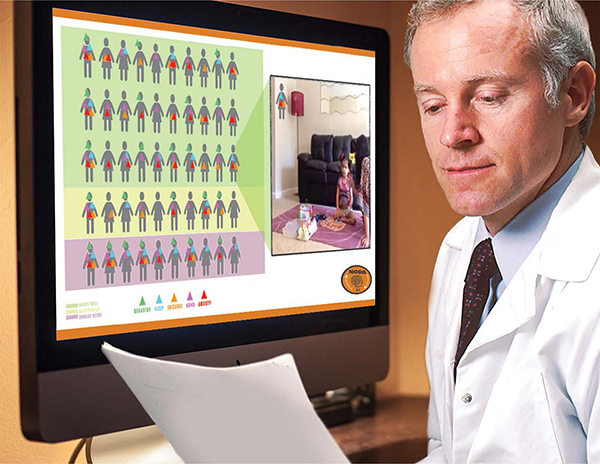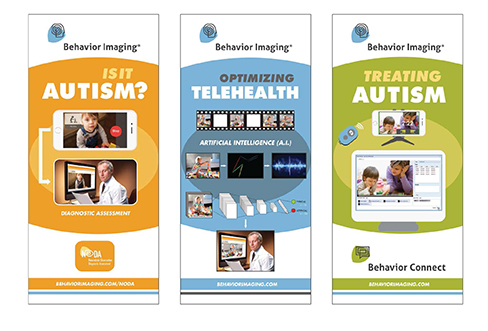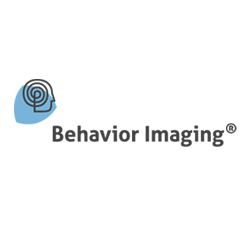
When Robby started showing signs of developmental issues as a toddler, his parents Ron and Sharon Oberleitner started driving him to specialists for testing, sometimes 50 miles one-way. It took two years for Robby to be diagnosed with autism, years he could have been receiving life-changing therapies.
“Research shows that if kids diagnosed early enough can get early intervention, many can recover from their disabling aspects of autism. And the later you wait, the harder it is for kids to overcome those disabling aspects,” says Ron Oberleitner, who co-founded Behavior Imaging in 2005 to spare other children a delayed diagnosis.
The same way radiologists were starting to send and receive digital copies of scans, Oberleitner wanted videos capturing atypical behaviors recorded by parents or teachers to be sent directly to clinicians. This capture solution could save time and money, lowering barriers for rural and low-income families, and potentially lead to faster diagnoses.
In 2006 the company was awarded a Small Business Innovative Research (SBIR) grant from the National Institute of Child Health and Human Development. The Phase I and subsequent Phase II grants allowed Oberleitner to develop a video capture solution and test it in a classroom setting. That pilot study showed that the video capture method led to a 43 percent drop in data collection errors.
This capture solution could save time and money, lowering barriers for rural and low-income families, and potentially lead to faster diagnoses.
“That gave us a lot of credibility,” says Oberleitner. “We quickly aligned with some of the leading autism schools around the country.”
A Phase IIB SBIR grant from the National Institute of Mental Health (NIMH) funded a study testing the effectiveness of an in-home capture method, in which parents uploaded recordings of their children’s behavior to be reviewed by an expert. A subsequent Fast-Track Phase I/II SBIR from the National Institute of Biomedical Imaging and Bioengineering in 2015 supported the work conducted with both rural and urban families demonstrating diagnoses occurred in half the time using behavior capture technology compared to in-person assessments.

As the company’s collection of behavior videos grew, Oberleitner saw yet another opportunity. A 2018 Direct to Phase II grant from NIMH is helping the company test whether building an archival database saves doctors time, ultimately leading to faster diagnoses.
The behavior capture platform has been used 1.5 million times in 41 states and seven countries across four continents. Oberleitner estimates tens of thousands of children have been assessed.
In addition to saving time, using behavior capture instead of in-person behavior assessments saves money. The company determined families could save $12,000 per year per student.
Oberleitner credits NIH funding for making these endeavors possible. “The NIH SBIR program has been invaluable. There'd be no other way that this would have been an option to provide to the autism community.”







